A Deeper Dive Into SMARTS Executive Functioning Strategies
By Hannah Turner
During the 2018-2019 school year, Dearborn teachers took a deeper dive in executive functioning and strategy instruction through the SMARTS Executive Function Curriculum. Executive functions are a set of processes that support us in managing ourselves and our resources in order to achieve a goal, namely metacognition, cognitive flexibility, organizing and prioritizing, working memory, and self-monitoring.
The SMARTS program empowers students to take ownership of their own learning by understanding their strengths and challenges and learning strategies – systematic processes that students use to learn – to support them at school and in the community. The curriculum teaches strategies that support and integrate each of the core executive functions in ways that our students can use and internalize.
Throughout the elementary/middle and high school, our students have learned, practiced and individualized strategies that help them with skills such as:
- Notetaking
- Studying
- Project planning
- Annotating
- Organizing materials
- Goal setting
- Breaking down complex directions
- Perspective-taking
- Self-checking
Just as we help our students learn coping skills and content knowledge, we can equip them with strategies that help them across multiple contexts. This helps them to build competence, confidence and a growth mindset.
More on Executive Functioning
How We Teach Strategies
-
Model
-
Guided practice
-
Independent practice
-
Reflection
Diagnoses That Impact Executive Function
- ADHD
- Anxiety
- Depression
- Trauma
- Sensory dysregulation
- Tourette’s syndrome
- Autism spectrum disorders
